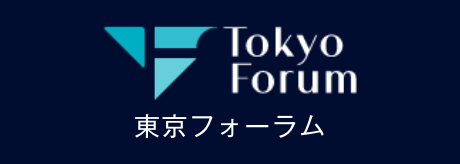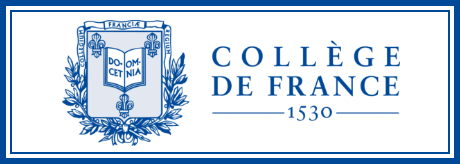Distinguished University Professor TOKURA Yoshinori’s Research Group Discovers Simple Binary Compound with Ultrahigh-Density Magnetic Vortices

The research group to which Distinguished University Professor TOKURA Yoshinori belongs has succeeded in discovering a simple binary metallic compound that exhibits ultrahigh-density magnetic vortices. These results are expected to be applied to the next-generation of magnetic memory.
In collaboration with RIKEN, the Japan Atomic Energy Agency, the National Institute for Advanced Science Research, and the University of Tokyo’s Institute for Solid State Physics and Graduate School of Frontier Sciences, this research group headed by UTokyo’s Assistant Professor TAKAGI Rina and Professor SEKI Shin’ichirō has discovered that EuAl4 (a material with a simple crystalline structure composed of europium and aluminum), when subjected to neutron and x-ray scattering experiments, produces ultrahigh-density magnetic skyrmions with a diameter of 3.5 nanometers. Furthermore, they found that the arrangement of magnetic skyrmions changes from a square lattice to a rhombic lattice in accordance with changes in temperature and magnetic field, revealing that the structural change is the result of an interaction mediated by electron movement within the material.
This research shows that even a simple binary compound containing only two elements is able to realize a variety of ordered structures of ultrasmall magnetic skyrmions. These results are expected to provide important guidelines for pioneering control methods and material design and exploration.
The paper has been published online with Nature Communications (Open Access). For more information, please refer to the press release (in Japanese).
Figure: (a) Magnetic skyrmion schematic. Each arrow indicates the direction of the magnetic moment of each europium (Eu) atom. (b) EuAl4 crystalline structure.





